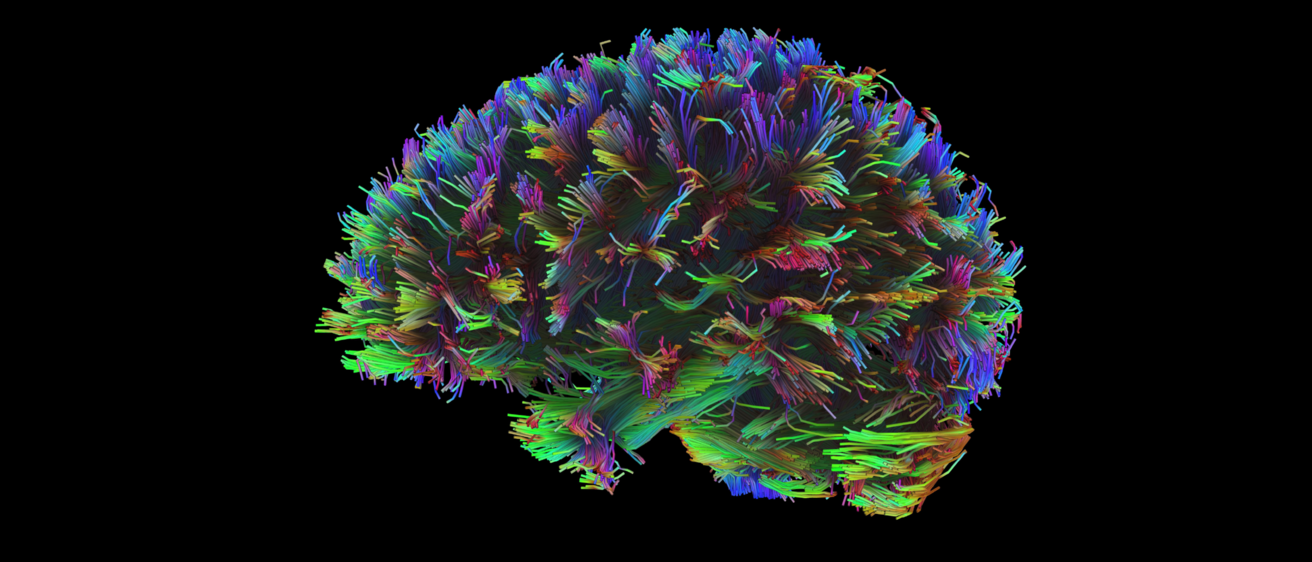Our Research
Genetics and comorbidities of autism:
As a clinical partner in the nationwide SPARK study, we are aiming to understand the biology of autism and how it affects the health and well-being of people on the spectrum.
Genetics of language:
We are leveraging the genetic information of those with language abnormalities and psychiatric conditions to better understand the shared genetic basis. Our hope is this research leads to more precise and effective language and psychiatric therapies.
Genetics of gender diversity:
We are investigating the genetic connections between sex, gender, and mental health, so we can improve the health and well-being of gender diverse individuals.
Genetics of twice-exceptionality:
We are exploring the genetics and biology of individuals who are "twice-exceptional (2e)" - that is, people who are intellectually talented and impacted by a neurodevelopmental condition, such as autism or ADHD. The high abilities of 2e individuals often masks their difficulties, which our research aims to address through the development of better support systems for these individuals.
Prediction of top autism candidate genes:
By integrating machine learning methods and several, large autism databases, we have developed an algorithm that predicts which genes are most likely to be related to autism development.
Learning and memory:
We have a longstanding collaboration with University of Iowa neuroscientist Ted Abel, where we are identifying the molecular mechanisms of learning and memory. This research will allow us to understand why some people learn knowledge more easily than others, and why some individuals are more prone to aging-related cognitive decline.
Other areas of computational psychiatry:
We have vast amounts of multimodal data related to cognition and mental health. We prefer working as a team, so our extramurally-supported research programs are highly collaborative, and involve a mix of computational methodology, human subjects research, and animal models. If you are interested in the intersection of computing and mental health and would like to collaborate or join our team as a trainee, let us know!

Ada Lovelace
Widely regarded as the first computer programmer, Ada Lovelace (1815-1852) saw the potential for "computing machines" to be used for more than just complex calculations before many of her contemporaries. With her connections to programming and psychiatry (through the mental illness of her father, Lord Byron, and perhaps her own as well), Lovelace is the "patron saint" of our computational psychiatry research.
Created by Gaby D'Alessandro for the Michaelson Lab.
Getting Started
Michaelson Lab Studies
Interested in participating in our research? Learn how!
News, Events, & More
Keep up with the latest from the Michaelson Lab!
Join Our Lab
Interested in contributing to our science? Learn how!
